This video tutorial shows you how to multiply mixed numbers. When doing this the first thing that you want to do is put the mixed numbers into a improper fraction form. From this step you can simplify the numbers based on what you are using. In this case you can take out the 3 and 21 and simplify it to 1 and 7 respectively. From here you do the basic multiplication to get one improper fraction. Then turn this number back into a mixed fraction to complete your problem.
Apple's iOS 26 and iPadOS 26 updates are packed with new features, and you can try them before almost everyone else. First, check Gadget Hacks' list of supported iPhone and iPad models, then follow the step-by-step guide to install the iOS/iPadOS 26 beta — no paid developer account required.




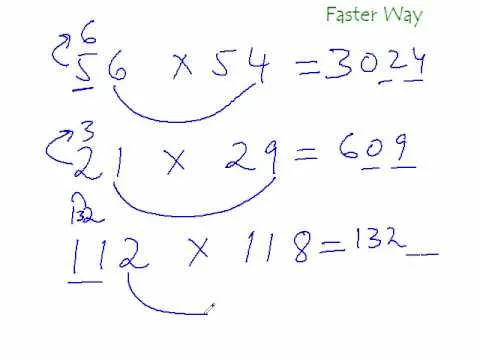
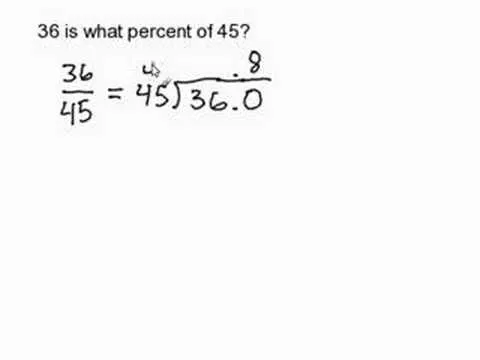
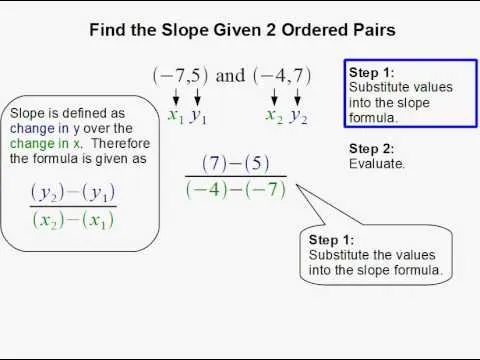











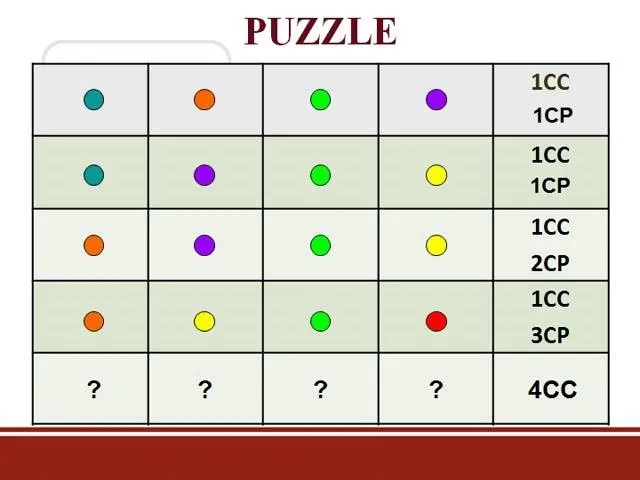
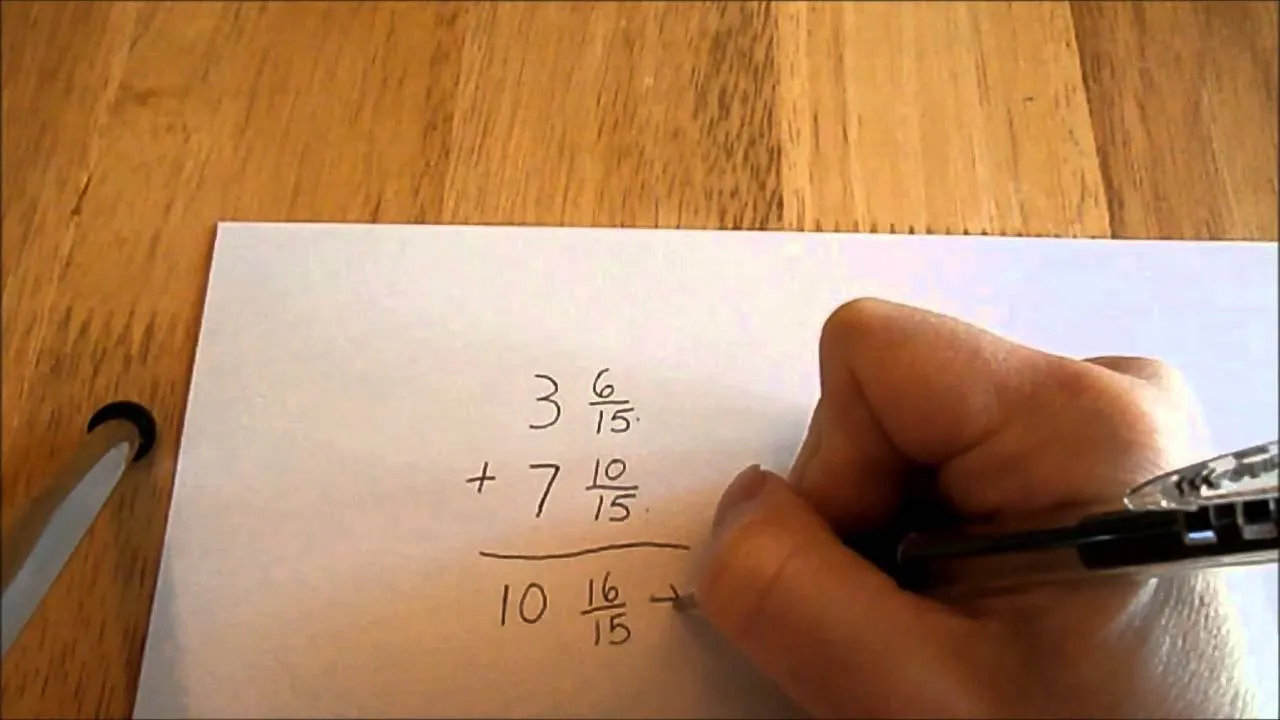

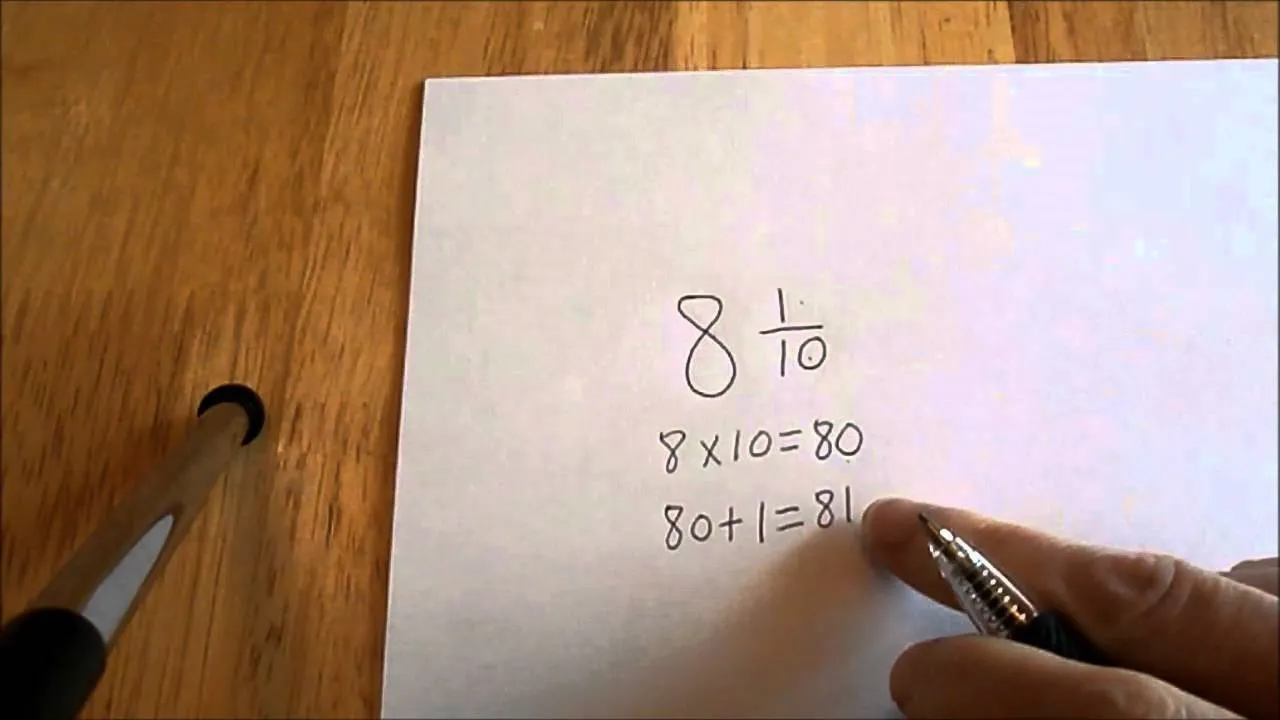


Comments
Be the first, drop a comment!